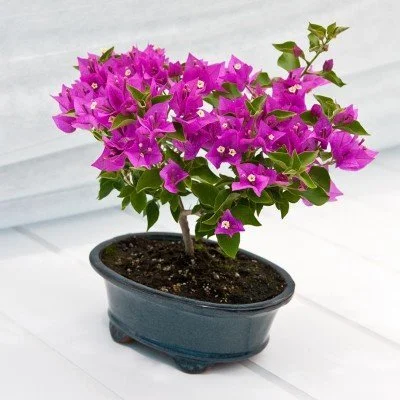Photo by Rosalind Chang on unsplash
Taking care of your potted perennial plants over the winter will ensure they are around next season to provide another year of enjoyment.
Container gardening is a form of gardening everyone can enjoy no matter how large or small their garden may be. Those with only a balcony or patio can enjoy the pleasures of gardening just as those with areas of space. Containers can be quite elaborate, and the types of plant material can be quite varied. When it comes to what gardeners are putting into containers, the trend is leaning toward just about anything.
At one time annuals were the majority, if not the only type, of plant material being used in containers. Now everything from perennials to small trees and shrubs are being grown.
While perennials can be treated like annuals and replaced the next season, many gardeners prefer looking for ways to overwinter their potted perennials so they can have these plants survive the winter and come back next spring.
Perennials in pots need protection because their root system is basically above ground in a container. This poses problems because the root system is now subject to extreme cold injury.
If these same perennials were planted in the ground, the roots would have the benefit of the soil to help insulate and protect the roots from potential cold injury that can kill roots leading to a good number of the plants not coming back in the spring. Above ground, that protective root insulation disappears, making the roots vulnerable to extreme winter temperatures.
There are several ways that gardeners can provide overwinter protection for perennial plants.
No matter what type of container the plant is in, make sure the plant material is dormant before bedding it down for the winter. Wait for temperatures to drop to the twenties for several nights and make sure the soil in the container is moist. Plants in moist soil tend to overwinter better that those where the soil is dry.
If the pot is small, and if you have garden space, dig a hole in the garden large enough to accommodate the pot up to the rim. Place the pot in the hole and backfill the hole with soil. Then cover the pot with a thick layer of mulch such as straw or hardwood leaves.
If you don't want to dig holes, gather up your potted plants and group them together on an inside corner of a building, preferably on the east or north side. Once grouped, mulch them with straw or hardwood leaves.
Potted perennials can also be stored in an unheated building such as a garage or shed where temperatures are slightly above freezing all winter. This inside storage will protect them, but make sure to check on the pots occasionally as they may dry out. If so, apply just a little bit of water to moisten the soil slightly.
Whichever method you choose, leave the plants protected until spring weather conditions moderate and they can be safely moved back into the garden.



